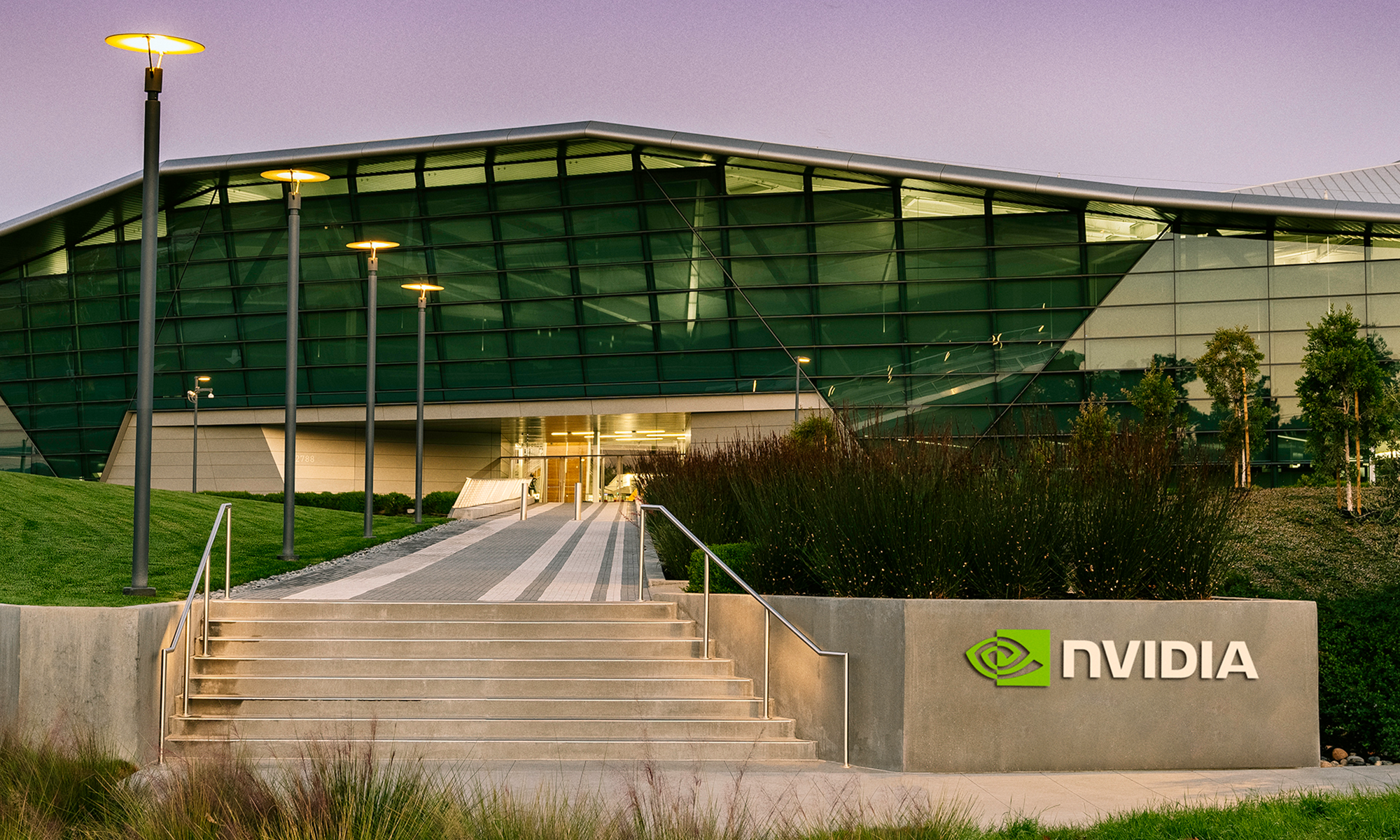The question on many investors' minds is whether Nvidia (NVDA +2.12%), one of the best-performing stocks in the market, is still a buy after its huge run-up the past five years.
For those who missed out on buying the stock, let's look at five reasons that I think the answer is still yes.

NASDAQ: NVDA
Key Data Points
1. The AI arms race
Currently there is a race among big technology companies to build data centers designed to handle artificial intelligence (AI). This is a handful of some of the biggest names in tech. While investors might not always be fans of their spending plans, capital expenditure (capex) budgets for these tech leaders are on the rise.
The big names that are spending on AI infrastructure include cloud computing stalwarts Microsoft, Amazon, Alphabet, and companies like Meta Platforms, Oracle, OpenAI, and Elon Musk's Tesla and xAI.
Both Alphabet and Meta Platforms have come out and said that the biggest risk with their AI infrastructure build-outs is underinvesting, given the huge opportunity AI presents. Musk, meanwhile, built his own data center for xAI because Oracle couldn't produce the AI cluster it needed fast enough.
And while these large tech companies duke it out, the one company best positioned to continue to reap the rewards is Nvidia, which through the sale of its graphics processing units (GPUs) is essentially the arms dealer in the battle for AI supremacy.
2. Exponential computing power will be needed
As these companies build their AI infrastructure, there is no sign that this spending will let up. The big reason is that as large language models (LLMs) advance, they need more computing power to be trained on.
And they won't need a few more GPUs for training -- they will need exponentially more. For example, xAI's Grok 2 model used 20,000 GPUs to train, while its Grok 3 model will use 100,000.
Meta Platforms has said its next-generation Llama 4 model will likely need 10 times the computing power as Llama 3. That would bring the number of GPUs required to train the model up to 160,000.
On its recent earnings call, Oracle said it sees no end in sight, saying investors should have no worries about spending on AI training slowing down over the next five to 10 years. The company predicted there would be no slowdown in the shift toward spending on AI inference, which is less computing-intensive.
Against this backdrop, Nvidia appears to have a long runway of growth.

Image source: Getty Images.
3. A software advantage
Nvidia isn't the only maker of GPUs. Advanced Micro Devices is its biggest rival, while Broadcom helps make custom chips for companies like Alphabet and Meta.
However, Nvidia commands a more than 80% market share in the GPU space. In its second-quarter results, data center GPU revenue surged 154% year over year to $26.2 billion. AMD's data center revenue rose 115% to $2.8 billion in the second quarter.
Nvidia's dominance largely stems from the wide moat the company has created through its CUDA software platform, which is what most GPU programmers have been taught to use. Created in 2006 for developers to be able to directly program its GPUs, the company gave the software away in order to sell more chips. In the years since, Nvidia has built a number of tools and technologies on top of CUDA called CUDA-X to expand its software leadership even further.
With Nvidia's software so ingrained in the GPU programming community, it would be difficult to displace the company as the GPU leader at this point, since the time and cost to retrain programmers on other platforms would be too great.
4. Innovation leader
In addition to its wide moat created by its software, Nvidia is also at the forefront of GPU technology. The company recently decided to push up its development cycle in order to introduce new GPU architecture about every year, up from a prior two-year development cycle.
The company's current-generation Hopper chips have been met with insatiable demand, but management is already set to begin rolling out new chips based on its Blackwell architecture by year end. Nvidia has already announced plans for its next-generation Rubin architecture in 2026.
This fast pace is meant to keep the company at the forefront of innovation, while also maintaining pricing power. Meanwhile, all of its architecture is backwards compatible and can work with older systems, so customers don't need to worry about large orders quickly becoming obsolete.
The company has also started selling complete AI-ready servers, which only adds to its potential growth opportunity.
5. The stock is cheap
Besides the company's strong growth prospects and wide moat, Nvidia's stock is cheap as well. It trades at a forward price-to-earnings ratio (P/E) of only about 30 based on next year's analyst estimate, and a price/earnings-to-growth ratio (PEG) just above 0.8.
PEG ratios take into account a company's earnings growth rate, and stocks with PEG ratios under 1 are generally considered undervalued. High growth stocks will often command multiples well above 1. So for a stock with the earnings and revenue growth that Nvidia has been demonstrating, a forward P/E of 30 and a PEG ratio of 0.8 is highly attractive. Also note that this is based on Nvidia's growth for next year, which is lower than its current astronomical earnings growth rate.
NVDA PE ratio (forward one year); data by YCharts.
Those are very modest valuation multiples for a company that has been growing revenue by triple digits recently and has a continued long runway of growth.
So, to answer the question posed at the beginning: Yes, Nvidia is a buy.






